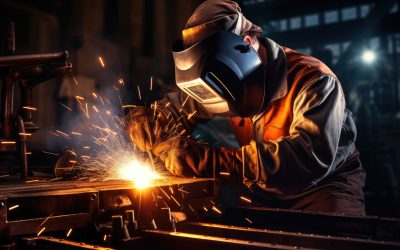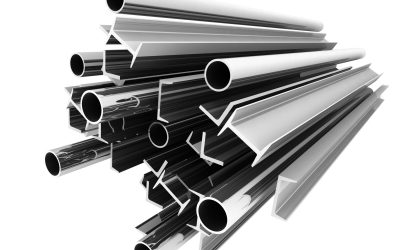Tumble polishing or finishing involves the finishing of small roughly surfaced components. The intent is to polish them to the desired sheen through tumbling the parts in a specific machine using some form of medium. Metals most commonly subjected to this form of polishing include:
* Stainless steel
* Aluminum
* Brass
* Titanium
* Copper
* Bronze
Mass tumbling occurs through the employment of a variety of different machines and techniques. In essence, however, they can be divided into two general types:
1. High-Energy
2. Vibratory
High-Energy Tumble Polishing
High-energy metal tumble polishing involves the utilization of what is termed a barrel. Into it, the components are places along with water, media and a surfactant. A lid then tightly seals the materials within the barrel, which is then placed on a carousel together with 3 other barrels.
The centrifugal force results when the barrels rotate in one direction while the carousel spins in another. The result is polished parts. A major advantage of high energy tumble polishing is speed. The time it takes to polish the components can be as little as a few minutes. This creates a fast completion time – particularly when compared to the traditional barrel and vibratory methods. Such a technique comes into its own when time becomes a significant factor for a client.
Today, several other systems of high energy tumble polishing are in usage. These include centrifugal discs, spindle finishing, and drag finishing. Not all companies are currently employing these techniques.
Vibratory Tumble Polishing
Vibratory finishing first appeared in the United States in the 1940s. It quickly surpassed the traditional method of barrel polishing to become the gold standard by the 1950s. In particular, it addressed the need for the modern industry to mass polish or finish parts quickly and effectively. The system still depended upon well-known elemental forces to improve the overall condition of the components.
The natural forces behind vibratory tumble polishing are friction and gravity. The required elements are:
* Work chamber
* Abrasive media (sometimes optional)
* Water or other compound solution (sometimes optional)
The system then relies on the forces of gravity and friction to shake the components within a range of between 900 and 3,600 vibrations/min. The amplitude can be as low as 1 or 2 mm to or as great as 10 or 15 mm.
One advantage of this method is its ability to handle objects with a difficult surface to polish e.g. those with concave and hard to get interior surfaces.
Tumble Polishing: Factors and Results
Metal tumbling is a technique through which a surface finishing company takes roughly hewn, course parts, and processes them into polished components. The procedure may take minutes or last several hours. This depends upon the number of parts to be mass tumbled as well as the condition of the components involved. Another major factor is the method employed.
It is up to the client to talk to the finishing company about the intended result. Using this information and combining it with the skill, techniques, and available machinery, an experienced and professional finishing and surface polishing company can utilize one or the other forms of tumble polishing to their client’s advantage.



